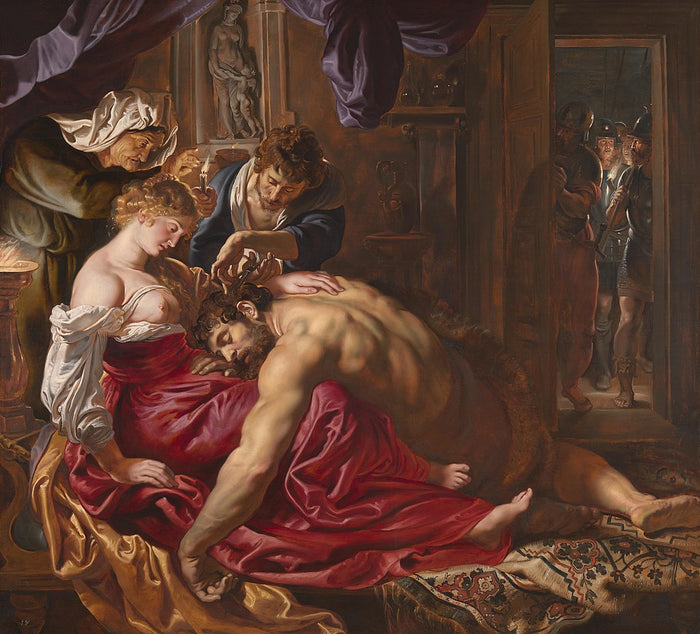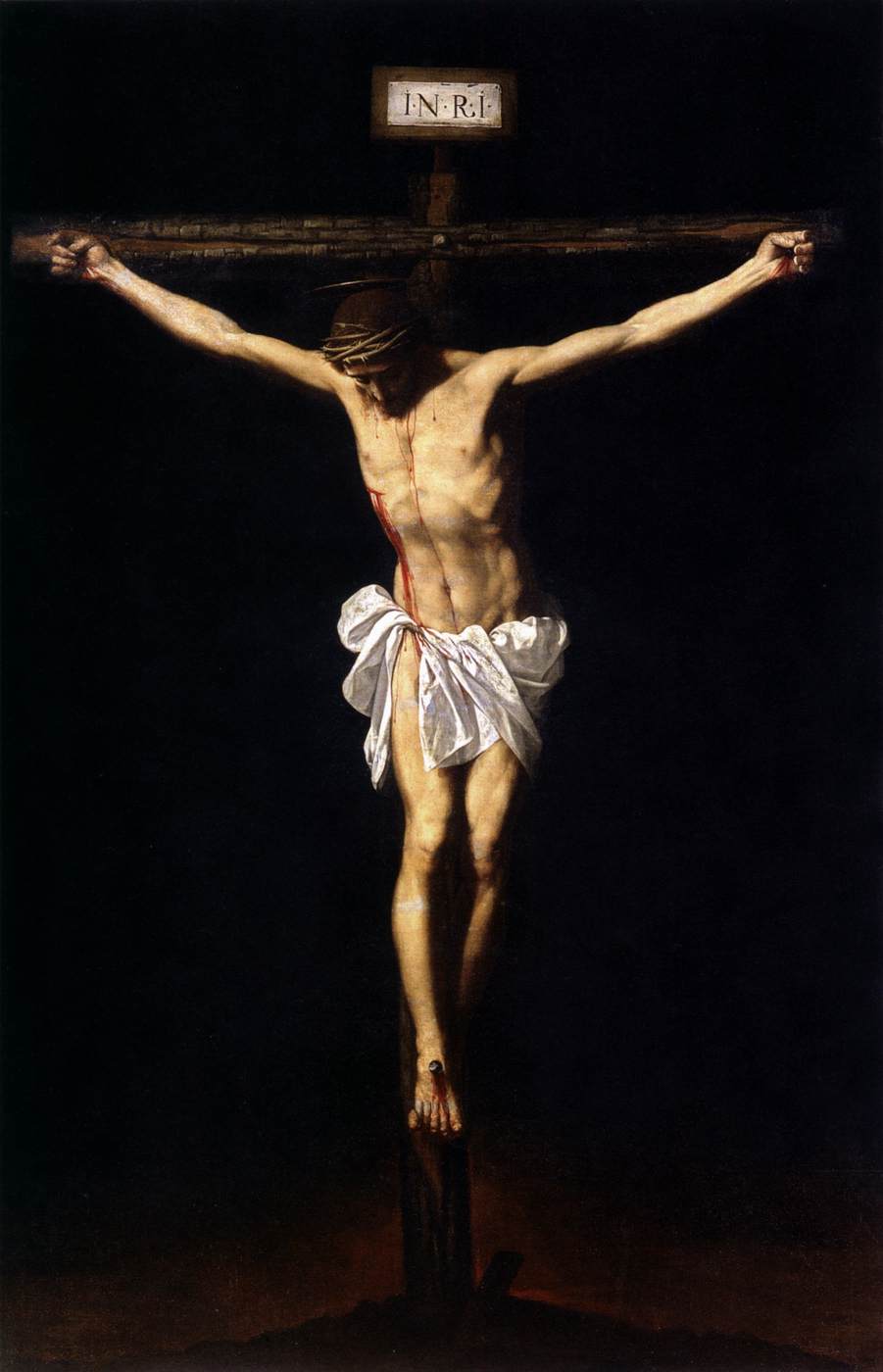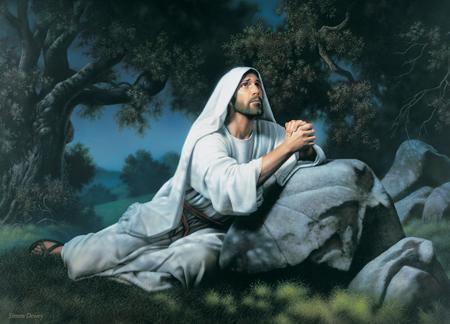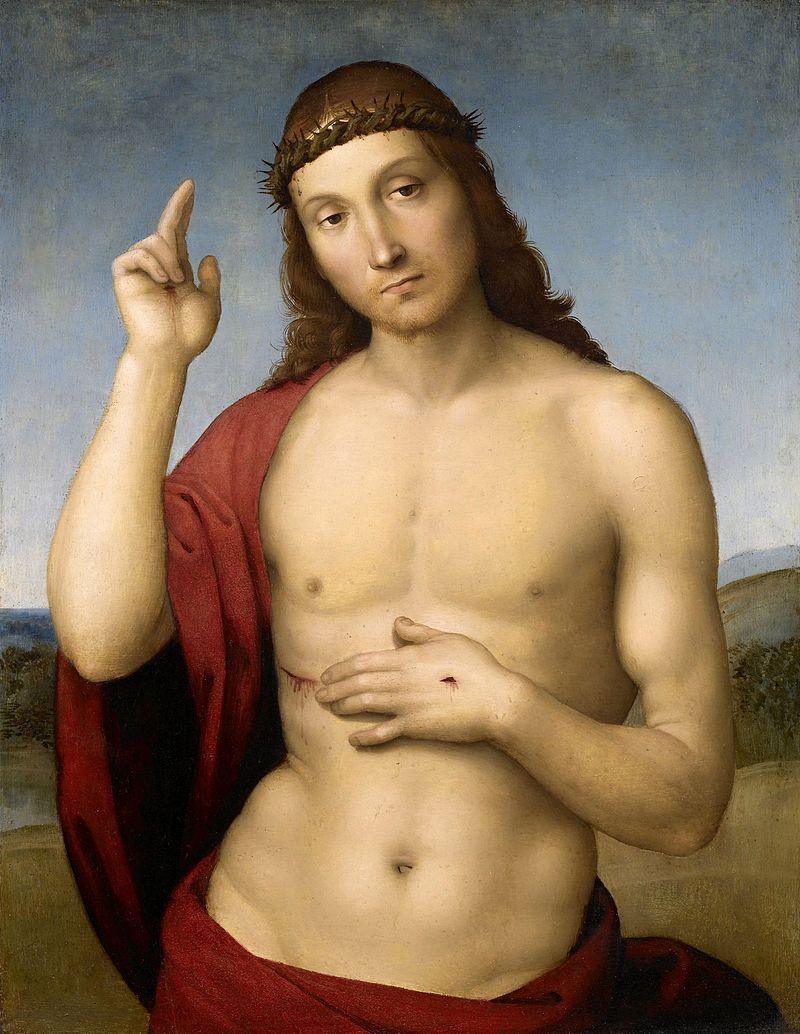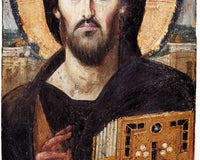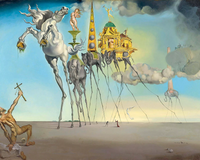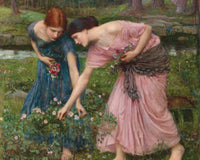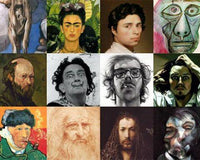Rubens was a Flemish Baroque artist who had a significant impact on the art world.
First, Rubens was an artist who developed an extraordinary artistic style. The painter was known for his Baroque style, characterized by exuberance, richness, and emotional intensity. His work stood out for the use of bright colors, the dramatization of themes, and the representation of muscular and voluptuous figures.
His work is framed within the period that developed in Europe during the 17th and 18th centuries, characterized by exaggerated ornamentation, dramatization, and the use of light and color to create an emotional effect on the viewer.
Rubens: master of color
Rubens used a wide palette of bright and saturated colors that allowed him to create a sense of luminosity and life in his works. Furthermore, he skillfully combined colors to create contrasts and emphasize the shape and texture of objects. The vibrant colors in his works stood out significantly, for example in his painting "The Adoration of the Magi", also known as "The Triumph of the Eucharist".

In this painting, Rubens used a wide range of vibrant and saturated colors to create a feeling of luminosity and vitality in the composition. Reds, yellows, blues, and greens combine harmoniously to create an effect of exuberance and richness.
In the painting, one can see a biblical scene where the Magi come to worship the child Jesus. Rubens depicted the characters with great technical skill, using bright tones to bring their clothing to life and create a contrast with the dark tones of the background.
Rubens: the doctor of anatomy
The painter was also known for his ability to represent the human anatomy, especially musculature, in a realistic and convincing manner. His characters are characterized by having robust and athletic bodies, with well-defined muscles.
An example is "Samson and Delilah", which is located in the National Gallery of Art in Washington D.C.

In this painting, Rubens represents Samson, the biblical hero known for his great physical strength. Samson is depicted as an athletic and vigorous man, with well-defined muscles in his arms, shoulders, and chest.
Additionally, Rubens also depicts Delilah, the woman who betrayed Samson, in a sensual and seductive manner, with curves and voluptuous shapes. The figure of Delilah contrasts with that of Samson, emphasizing his strength and virility. Samson's muscular figure is particularly impressive and showcases the artist's skill in creating convincing and powerful characters.
Rubens: the king of drama and tragedy
Not to be left behind is the drama imprinted in his paintings: The artist had a great talent for creating dramatic and emotional compositions. His works often featured epic and tragic scenes, where the characters express strong emotions such as anger, pain, or passion.
An example of one of his most dramatic works is "The Massacre of the Innocents", which is located in the Museo del Prado in Madrid.

In this painting, Rubens represents a biblical scene in which King Herod orders the slaughter of all male children in Bethlehem in an attempt to prevent the prophecy of the birth of the Messiah. The scene is filled with drama and emotion, with anguished and desperate figures struggling to protect their children.
Here, Rubens is also a master of color: he uses a wide range to create an effect of chaos and confusion in the composition. Reds, yellows, and blues combine intensely to create an effect of emotional vibrancy in the work, complemented by the muscular and expressive figures that populate the scene.
In "The Massacre of the Innocents," the emotional intensity of the work is painfully palpable and showcases the artist's mastery in portraying tragic and emotional scenes.
Rubens: the investigator of detail
Rubens was also known for his ability to create ornamental compositions in his paintings.
These works featured elaborate details, especially in the backgrounds and edges. These details often included architectural elements, such as columns and moldings, as well as natural elements, such as plants and animals.
A notable example of one of his most ornamental works is "The Garden of Love", which is located in the Museo del Prado in Madrid.

In this painting, Rubens represents a garden filled with mythological and allegorical figures, surrounded by ornately crafted classical architecture. The composition is rich in small details, from the floral ornaments in the figures' dresses to the scrolls and arabesques on the buildings and columns.
Additionally, Rubens uses a wide range of rich and vibrant colors to create an effect of exuberance and vitality in the work. Reds, greens, and golds combine harmoniously to create a sense of luxury and opulence in the piece.
In "The Garden of Love," Rubens demonstrates his ability to create compositions that are abundant in ornaments. The details in the work are impressive and showcase the artist's skill in creating complex compositions.
Rubens: the priest of the divine
Rubens worked with a wide variety of themes that he depicted in his paintings as a great master, including religion. Many of his religious works stand out for their epic and dramatic character, as well as for the sensitivity with which he portrayed his characters.
For example, in the altarpiece "The Elevation of the Cross": Rubens represents the moment when Jesus is raised on the cross. The scene is filled with action and drama, with expressive figures struggling to lift the cross and place Jesus on it. The composition is rich in details that set the scene, adding realism, such as the crown of thorns and the red tunic worn by Jesus. Also in this painting, the artist uses a palette of rich and dark colors to create a sense of solemnity and sadness.

Rubens: the storyteller of myths
The Flemish artist was also widely known for his love of mythology and the representation of mythological figures in his works.
In "The Feast of Venus" (or "The Venus of the Mirror"), Rubens depicts the goddess Venus in a seductive attitude while looking at herself in a mirror held by Cupid. Around her, there are mythological and allegorical figures, including the Three Graces and Bacchus. Red curtains frame the scene along with the headdresses and jewels worn by the figures.

In the painting, Rubens uses a palette of rich and vibrant colors to create an effect of sensuality and opulence in the work. Reds, golds, and greens combine harmoniously to create a sense of luxury and exuberance.
The sensuality and luxury of the work are impressive and showcase the artist's mastery in the representation of mythological scenes.
Rubens: master of technique
Rubens was known for using a loose and gestural brushstroke style that gave his works a sense of movement and vitality.
When it comes to handling light and shadow, Rubens was one of the best Baroque painters in representing the effect of light on the bodies in his compositions.
The painter managed to create a three-dimensional effect in his works through the use of shadows and lights that gave volume and depth to the figures. His lighting techniques were influenced by the work of Caravaggio and the use of chiaroscuro.
A legacy that endures
Rubens's legacy to the art world is significant and influential in many aspects.
His innovative approach to the representation of the human anatomy had a great impact on figurative painting and the representation of the human figure in general. His lighting technique allowed for the creation of three-dimensional light and shadow effects that influenced how later artists represented light and shadow in their works.
His ability to create dynamic and detailed compositions has been a source of inspiration for later artists seeking to create ornamental and exuberant works of art.
His influence on the development of the Baroque as an artistic movement, both in Flanders and in other parts of Europe.
His work as a cultural ambassador for the Spanish court and his promotion of Baroque art in Spain had a great impact on Spanish painting in the 17th century.
Rubens's legacy is a testament to his great technical skill and his ability to influence the art and culture world. His work continues to be admired and studied by artists and scholars worldwide and has been a source of inspiration for many generations of art.
Some contemporary artists who have been influenced by Rubens:
- Jenny Saville: The British artist Jenny Saville has been influenced by Rubens in her approach to the representation of the human figure and in her use of color and light to create a sense of volume and depth.
- Kehinde Wiley: The American artist Kehinde Wiley has been influenced by Rubens's work in his use of dynamic compositions and his approach to the representation of the human figure in a historical and cultural context.
- Cecily Brown: The British artist Cecily Brown has been influenced by Rubens in her approach to the representation of the human figure and in her ability to create dynamic and detailed compositions.
- Jonathan Yeo: The British artist Jonathan Yeo has been influenced by Rubens in his approach to the representation of the human figure and in his ability to create ornamental and exuberant works of art.
KUADROS ©, a famous painting on your wall.

